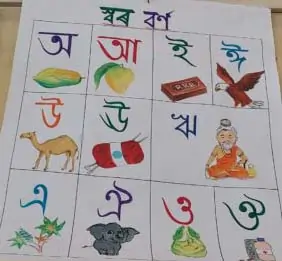TLM full form Teaching-Learning Materials refers to the materials and tools that are used to facilitate the teaching and learning process in educational purpose. These types of materials are made to enhance the effectiveness of instruction, increase student engagement, and support the acquisition of knowledge and skills.
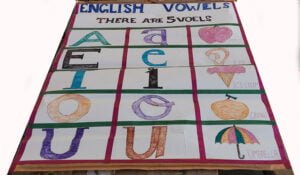
Types of TLM
Teaching Learning materials are three types. Audio, visual and audio-visual. Audio TLMs are only listenable, like- Radio, Mp3 player etc. Visual TLMs are only visual, which are image, digital photos, Newspaper, Textbook etc. Audio-visual are the TLM which support both audio and visual, like- Television, Projector, CD/DVD player etc.
TLM can take various forms, and can be made to suit the specific needs of learners, and the objectives of a lesson or curriculum. Some key points to note about Teaching-Learning Materials are as follows-
Diverse Formats
TLM can be in different formats like- textbooks, worksheets, multimedia presentations, audio-visual materials, interactive simulations, models, charts, graphs, maps, and more. The choice of format often depends on the subject matter, Lesson pan, learner’s age, and the learning style of the students.
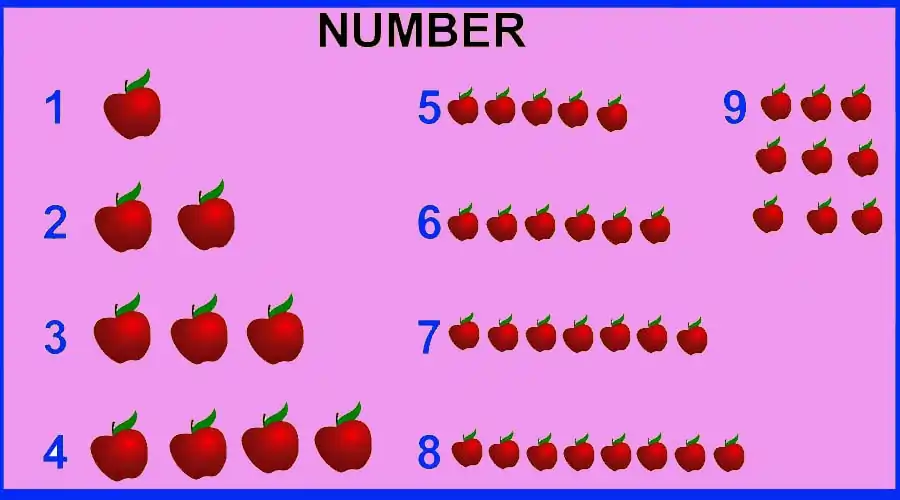
Enhancing Learning
TLM are always used to make learning more and more engaging, interactive and exciting. It helps the students to learn complex concepts very easily, reinforce learning topics, and also provide opportunities for hands-on experiences.
Supporting Different Learning Styles
Each and every learners have different learning preferences and strengths which is also called individual difference. TLM can accommodate these differences by catering to visual, auditory, kinesthetic, and other learning styles. For instance, visual learners may benefit from diagrams and charts, while auditory learners may benefit from recorded lectures or podcasts.
Customization
Teacher can customize TLM to meet the specific needs of their students. This personalization allows for differentiation in the classroom, ensuring that learners with diverse abilities and backgrounds can access the content effectively.
Technology Integration
With the advancement of technology, digital resources such as educational apps, e-books, online simulations, and virtual reality have become integral parts of TLM. These tools enable interactive and immersive learning experiences.
Contextual Relevance
TLM should be chosen or designed with consideration of the cultural, linguistic, and social context of the learners. They should resonate with the students’ background and experiences, making learning more relatable and meaningful.
Assessment and Feedback
TLM can also be used for assessment purposes. Quizzes, assignments, and exercises embedded within digital materials can help educators gauge student understanding and provide timely feedback for improvement.
Cost and Accessibility
The availability and affordability of TLM can vary widely. Educators and institutions must consider factors such as budget constraints and accessibility when selecting or creating teaching-learning materials.
Continuous Improvement
TLM should be regularly updated and improved to align with evolving educational standards, curricular changes, and advancements in pedagogy and technology.
Lastly, Teaching-Learning Materials are essential tools that educators use to facilitate effective teaching and learning experiences. They play a pivotal role in making education more engaging, accessible, and tailored to the needs of diverse learners. The selection and use of TLM should be guided by educational goals, learner characteristics, and the ever-evolving landscape of educational resources.
Table of Contents
deled tlm chart
These aids, meticulously designed to foster engaging and immersive learning experiences, are tailored to cater to the needs of primary school students. These resources encourage a dynamic approach to teaching, enabling educators to capture the attention of their students and facilitate effective comprehension.
By creatively integrating these teaching aids into the classroom environment, instructors can ignite curiosity, stimulate critical thinking, and promote a deeper understanding of the subject matter. These tools empower educators to deliver lessons that resonate with the young learners, fostering a positive and enriching academic journey.
In the pursuit of excellence in primary education, these well-crafted teaching aids stand as a testament to the dedication and innovation within the teaching community.
They pave the way for a bright future, where the foundations of knowledge are laid with precision and care, nurturing the potential of every student who walks through the classroom door.
This TLM is mainly used in Primary schools to teach basic number numbers from 1 to 9. Flowers, animals and other items are added with the numbers.
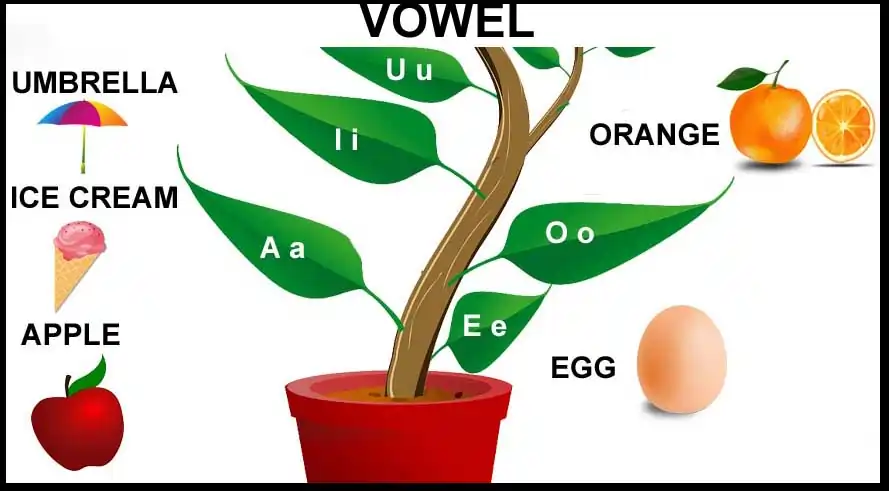
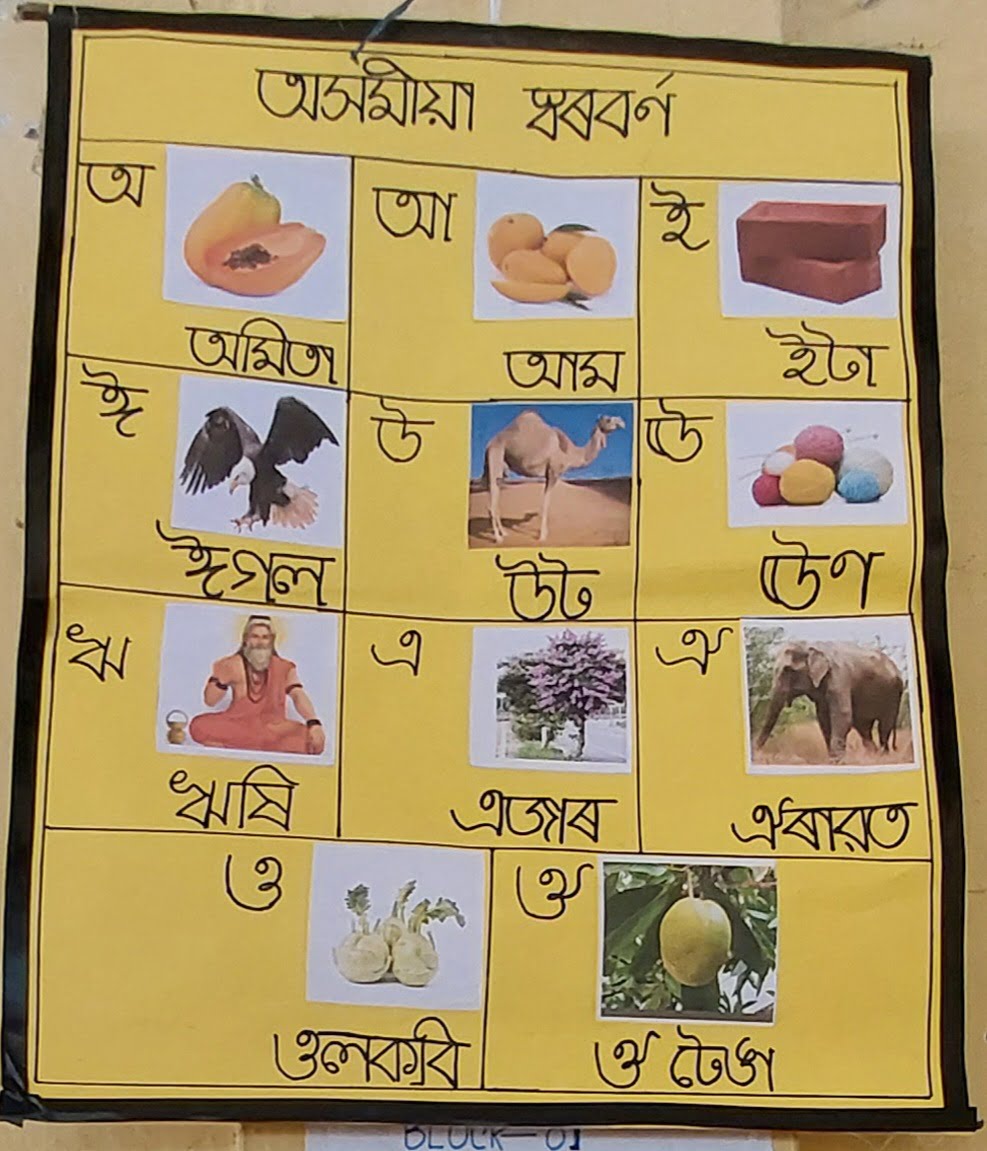
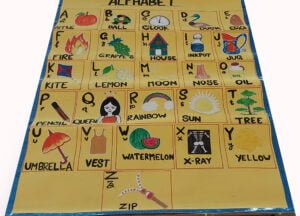
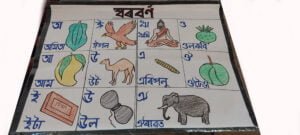
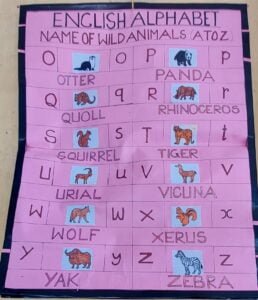
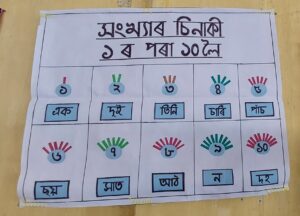
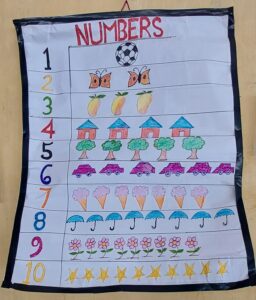
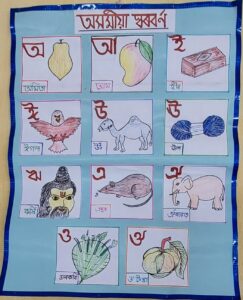
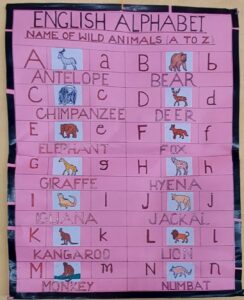
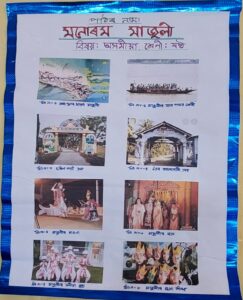
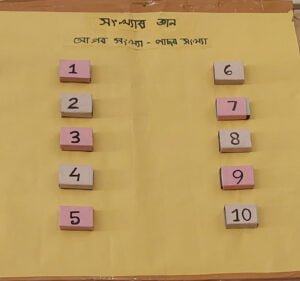
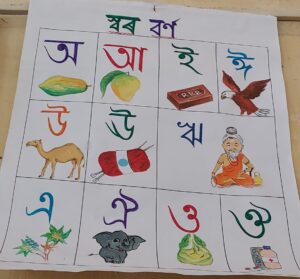
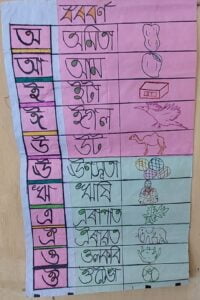
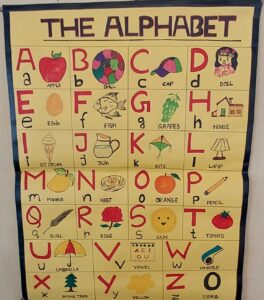
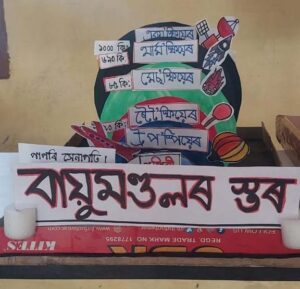
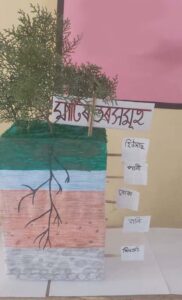
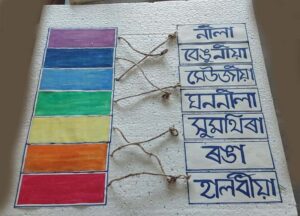
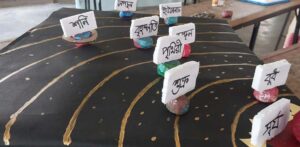

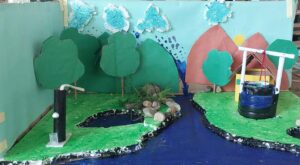
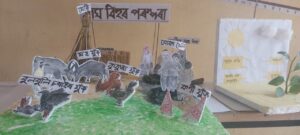

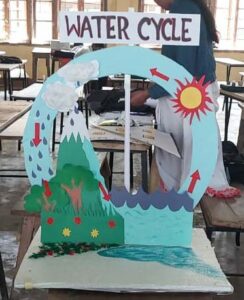
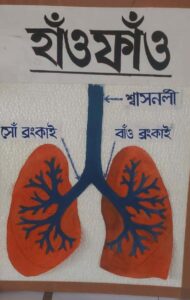
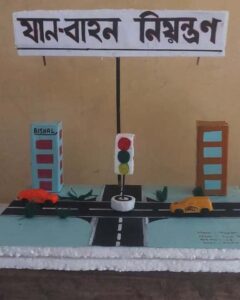
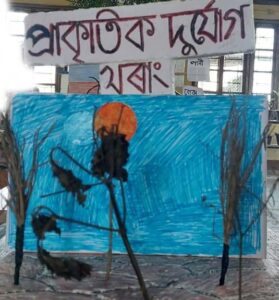
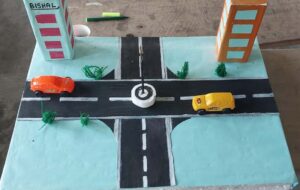
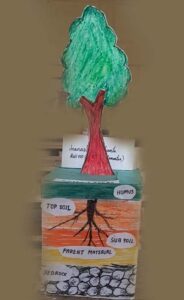
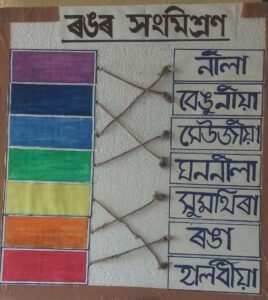
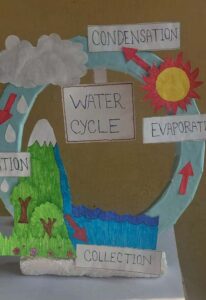
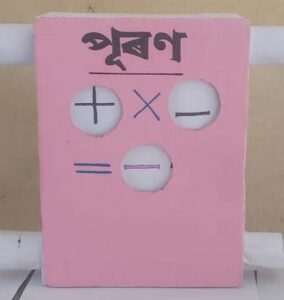
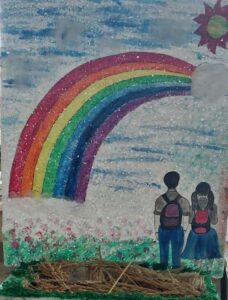
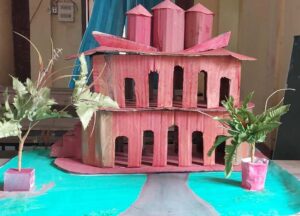
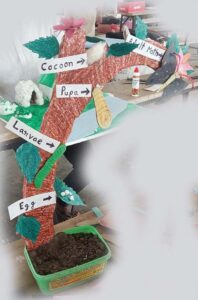
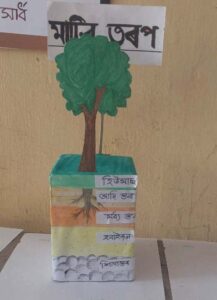
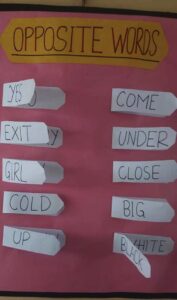

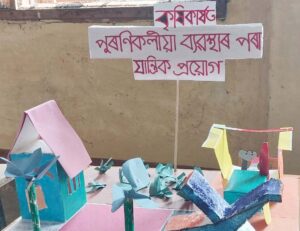
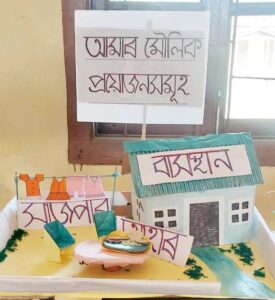
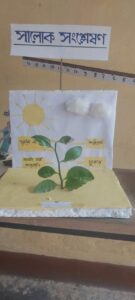
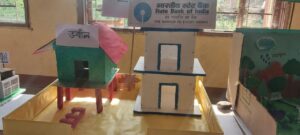
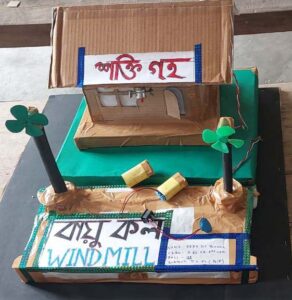
| Home |
| Downloads |
| Assamcareer |
| Job Updates |
| Recent Job |
